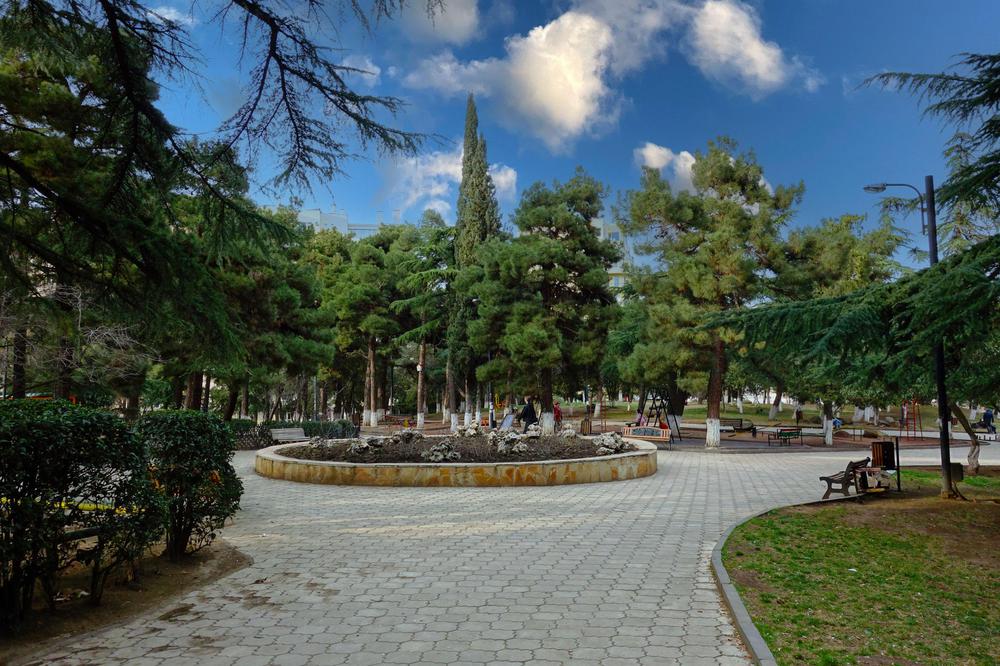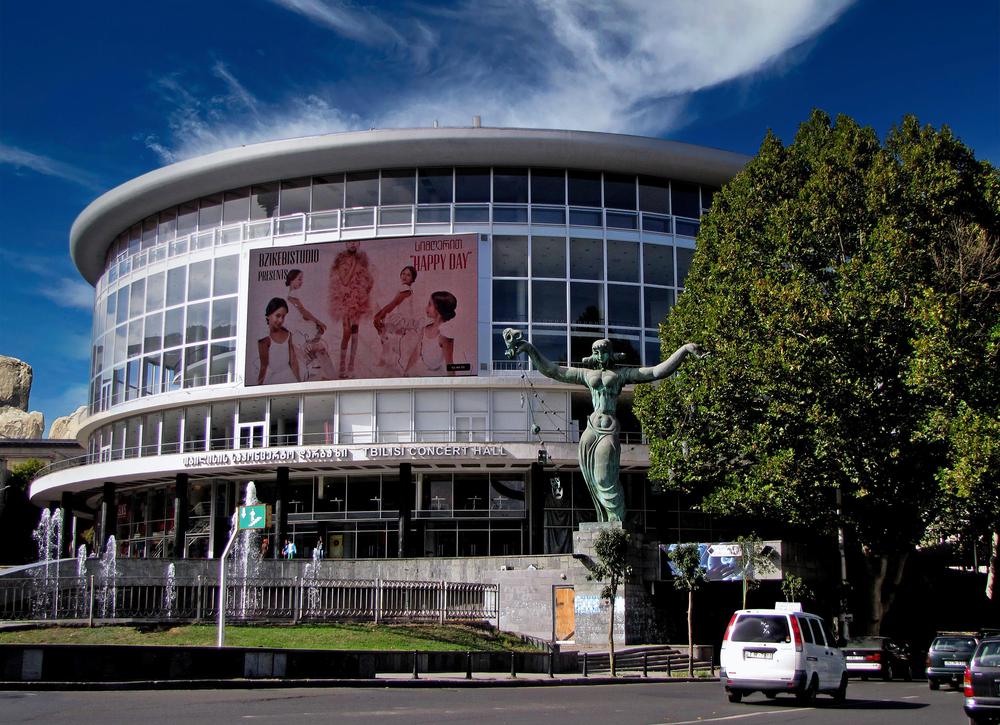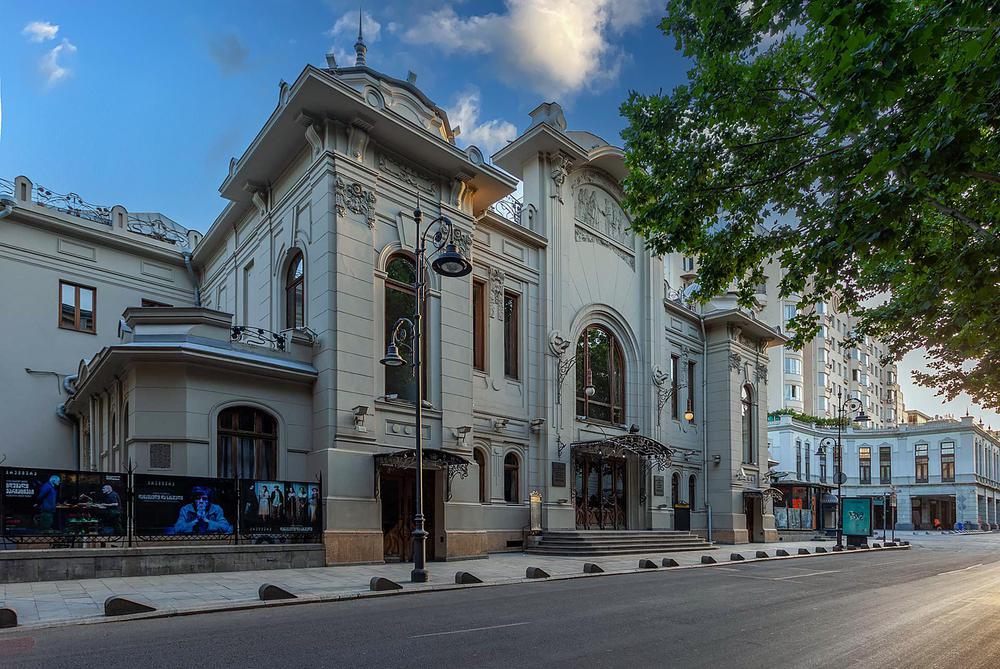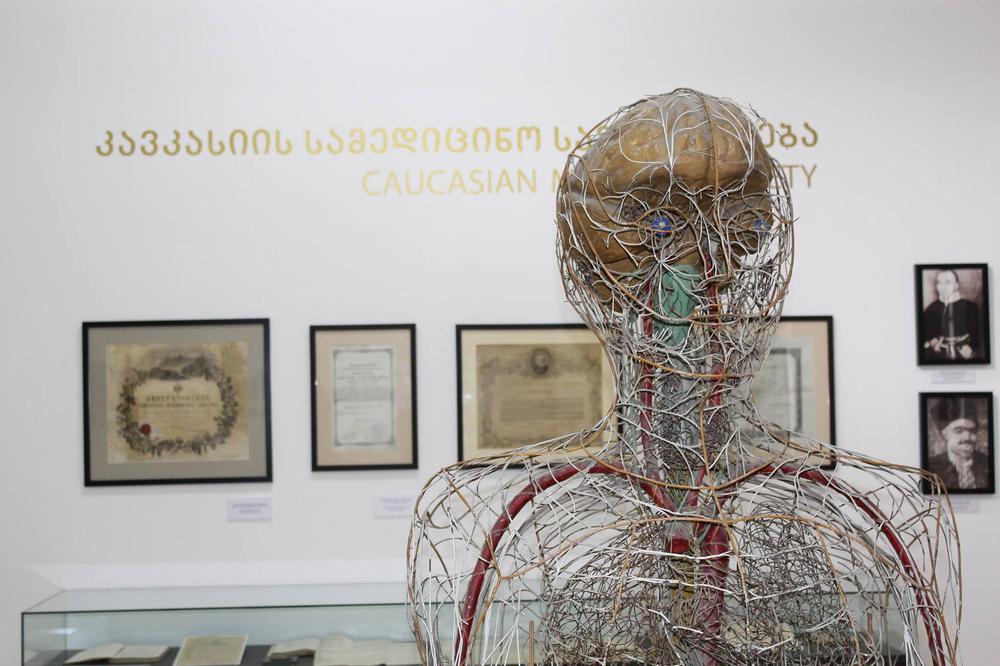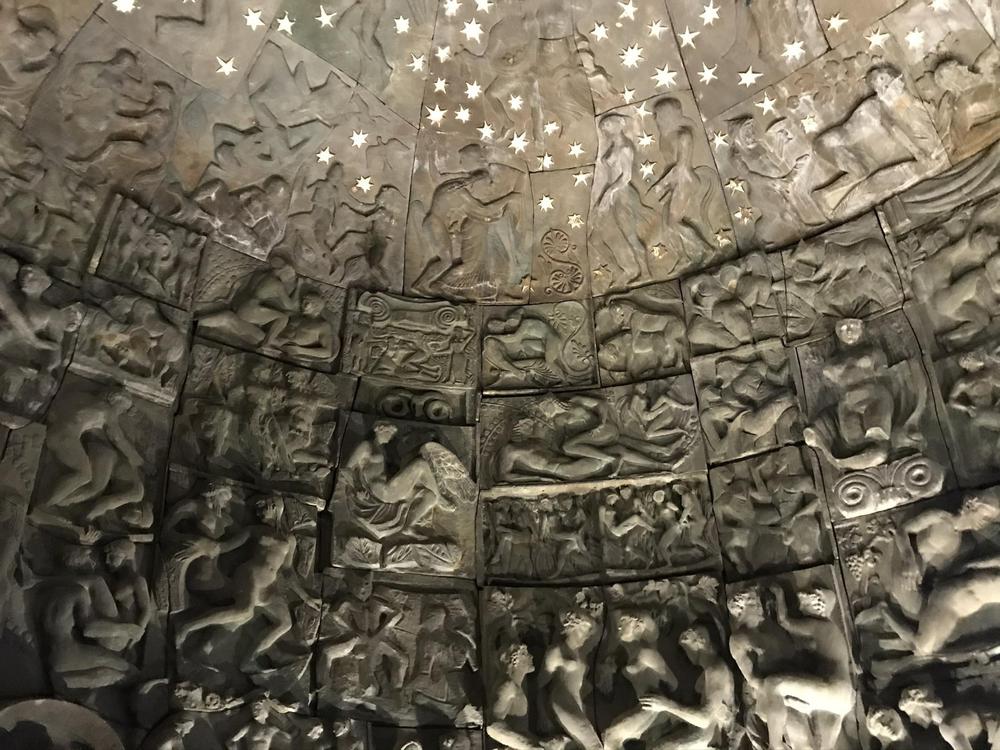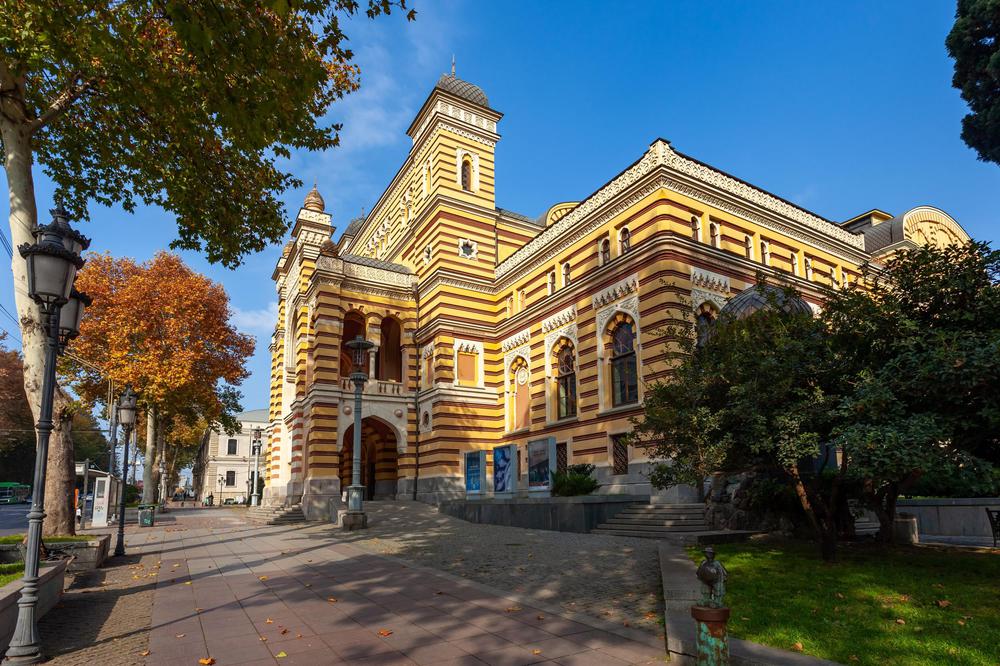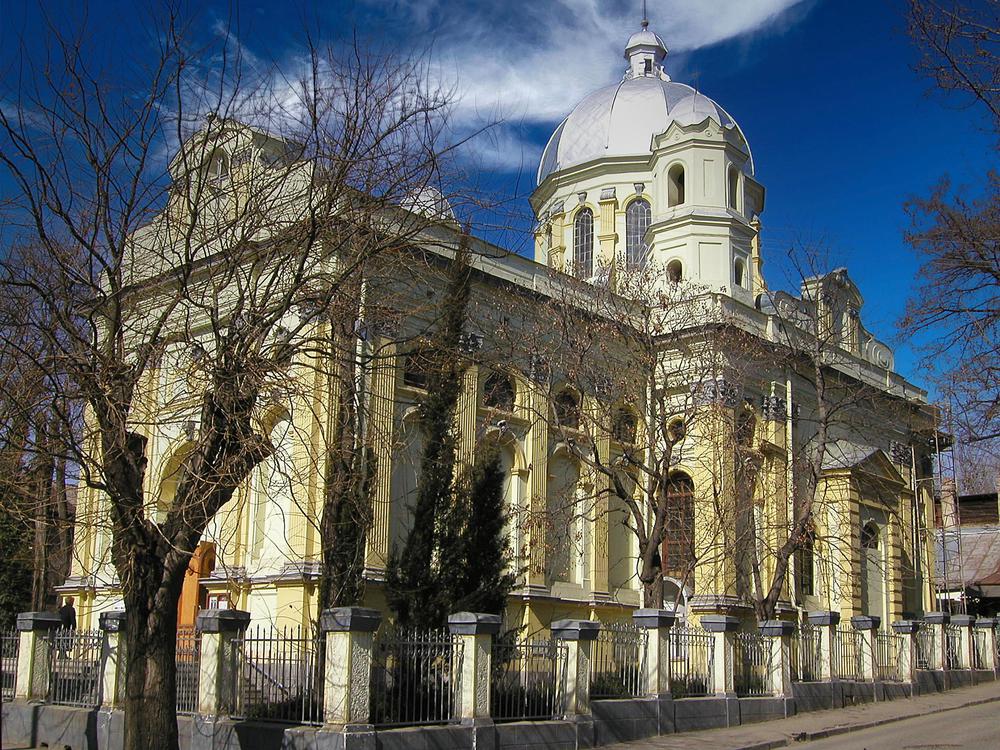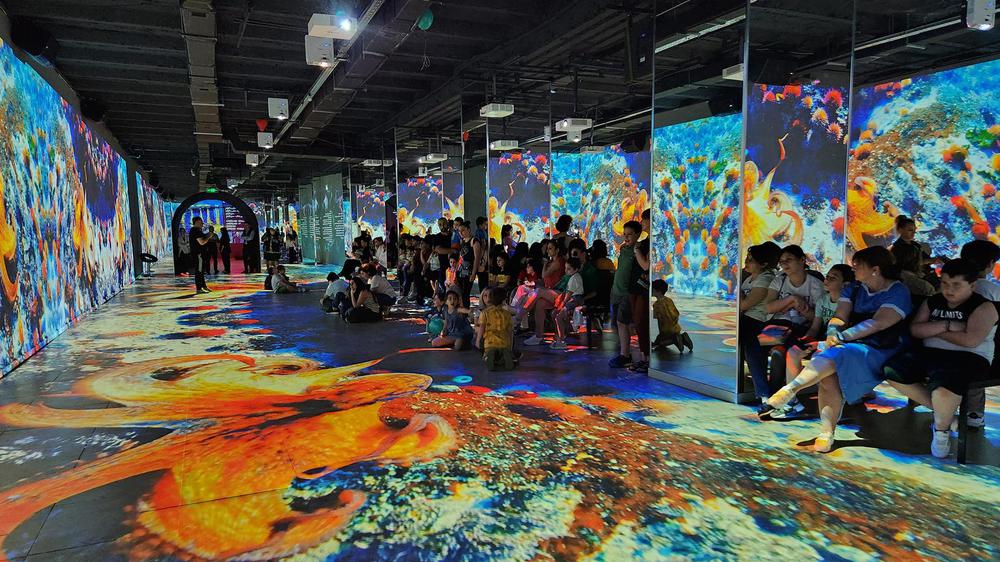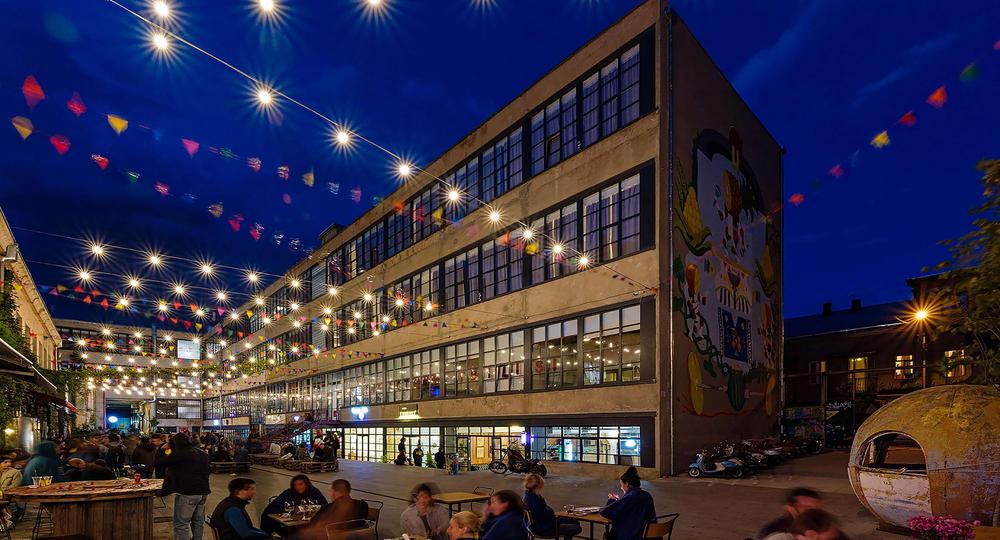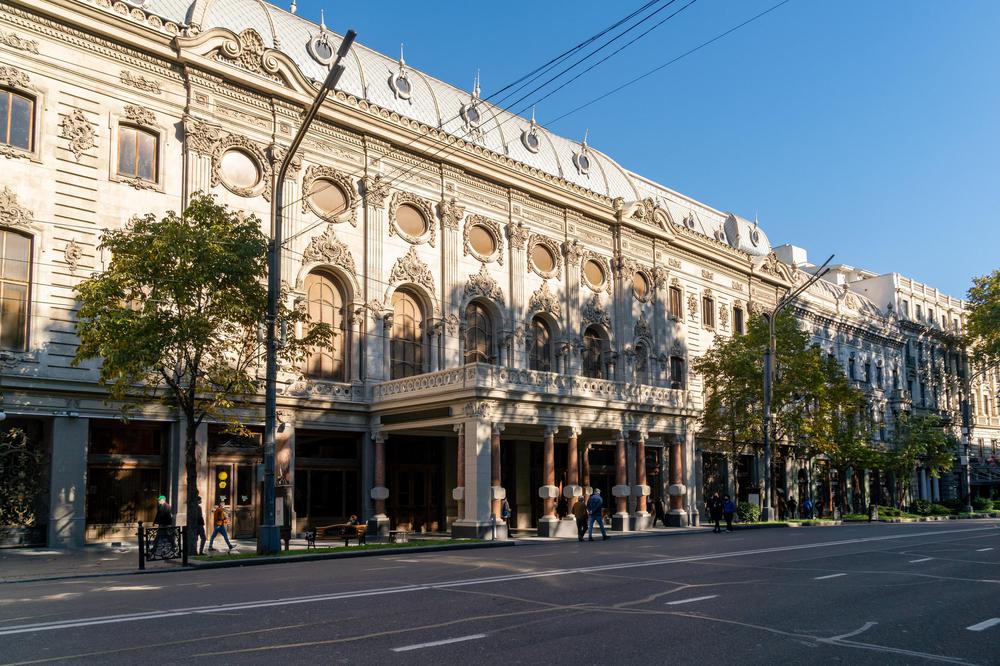In the heart of Tbilisi, a chess monument silently conveys the story of Georgia's deep-rooted love for the game. The Tbilisi Chess Palace, also home to the Alpine Club, was erected in 1973, in honor of Nona Gaprindashvili, the five-time world champion. The Soviet government of the era recognized the national passion and Gaprindashvili's global victories by commissioning this palace in the verdant Vera Park.
The chess palace, designed by architects Vladimir Alexi-Meskhishvili and Germane Ghudushauri, splendidly manifests late Soviet modernism. It's a three-story marvel, whose dimensions harmonize with the towering trees of its park surroundings. This structure seamlessly merges with the intricate topography of the park, reflecting architectural prowess and respect for the environment.
On stepping inside, you're greeted with an artistically and functionally sublime interior, worthy of admiration. It's the result of meticulous design and craft by Aleksandre Slovinski, Oleg Kochakidze, and Yuri Chikvaidze.
Today, the Chess Palace and the Alpine Club, founded in 1877, continues to thrive. The ground floor hosts the Alpine Club, while the upper floors resonate with the chess strategies of the Georgian Chess Federation. Frequent local and international tournaments paint a lively picture of the ongoing legacy.
The palace subtly embraces the park with its limited size, not overpowering the rest of the public space. Its floor plan follows the contour of the terrain, blending stone, wood, and glass for an organic look. The continuous balcony on the second and third floors symbolizes openness, echoed in the interior layout planned around a main hall with a capacity of 520 spectators (measuring 7,750 sq. ft or about 720 sq. m).
The hall, the building's focal point, is brilliantly illuminated with natural light. It can be modified with mobile wood-encrusted panels, reflecting the chessboard's surface, allowing a larger audience and enhancing the luminosity.
More than just a building, the Tbilisi Chess Palace is an urban planning marvel embodying the principles of Modernist architecture. It was designed with public use in mind, but in its current state, individual adaptation of spaces has occurred, reflecting the perplexing and bursting character of life itself, much like a dynamic chess game.

